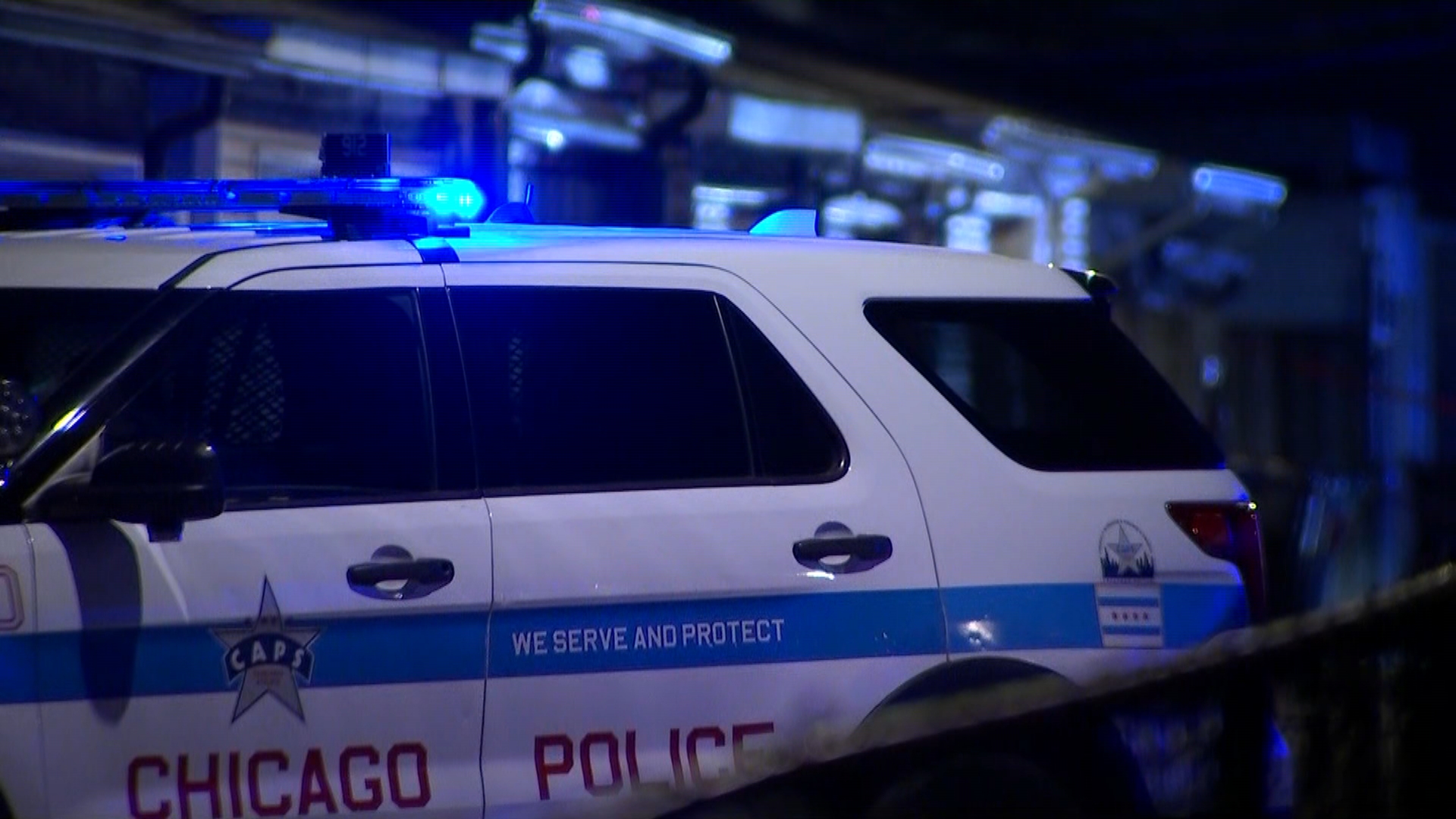The COVID-19 pandemic continues to decimate Chicago’s transportation industries.
Business shutdowns and Illinois' stay-at-home orders have resulted in a massive shrinkage in the need for anyone to actually transport themselves to a downtown workplace. Not only have thousands been shut out of their jobs, but many others are now working from home, a new phenomenon which many employers may prefer as society moves out of the pandemic.
The resulting financial impacts display astonishing numbers, both in the losses faced by transit and transportation agencies, and the financial bailouts being offered to keep them relatively whole.
The reduced number of commuters still using the state’s tollways are enjoying wide open roadways.
“Every ten minutes I look at the traffic in Chicago---there is no traffic,” says veteran reporter Bart Shore. “Some people are going to work, they have to, but the congestion is not there. It’s just not there!”
But while that’s a great scenario for commuters enjoying trips into downtown comparable to a Sunday morning, it’s a nightmarish scenario for the Illinois Tollway. Fewer cars mean fewer dollars plugged into toll plazas or electronically deducted from I-PASS accounts. Last month the tollway estimated passenger traffic was down 55%, and commercial traffic (such as semi-trailer trucks) was down 9%.
During one week in March, the agency counted just over 9 million transactions, compared with over 19 million during the same week last year.
Local
And the Illinois Tollway may be the healthiest traffic story out there. Metra commuter rail is at 3% of its normal ridership. During an April board meeting, Chief Financial Officer Tom Farmer warned the news is not going to get better any time soon.
“It will be a rough several months as we run largely empty trains, but we will not let down our riding public,” Farmer said in his presentation. “Commuter rail will not be the same after COVID-19.”
Authorities at Metra and other agencies are especially worried about life after the pandemic. In the current uncharted waters, no one knows for certain if some commuters will be fearful of climbing aboard crowded train cars. Others may have grown accustomed to using their automobiles, or will not be required to return to their downtown offices at all.
Many who lost employment might have departed the region entirely.
“Ridership may never recover to 2019 levels,” Farmer predicted. “Certainly not in the near term—it may take 1 to 3 years.”
There are estimates that Metra will face a revenue shortfall this year of at least $331 million due to farebox and sales tax declines. The agency expects that to continue well into next year, with projected losses of another $204 million next year. As a result, the agency has slashed service and is operating at about 50% of its previous service.
And the news is no better at the CTA.
“CTA ridership is down about 80% from its normal levels,” said the agency’s Brian Steele. “We’re actually seeing a bigger ridership drop on the rail side from the bus side.”
To put that in numbers, the CTA normally carries about 1.5 million riders, roughly the population of the city of Philadelphia. Today, those numbers come closer to 200,000 customers.
But unlike Metra, the CTA has not cut service.
“We are an essential service,” Steele said. “We are not a front line emergency responder, but we are the service that helps those people get to their jobs.”
Not only has CTA’s service been differentiated as more point-to-point than long haul commute, transit officials said they felt it was important to maintain existing routes, to avoid packing passengers into buses and trains.
“That provides the best environment for social distancing,” Steele told NBC 5. “When you have trains coming every few minutes, and you only have a handful of people riding, then that means there will be adequate space on the train or bus for passengers to spread out and maintain that distance.”
But that luxury comes at a cost.
The CTA estimates their farebox hit at a million dollars a day. Combined with sales tax losses, the agency is expected to face a shortfall this year alone of over $551 million.
“We’re still in the midst of this pandemic,” Steele said. “We don’t yet know what the full financial impact will be.”
The Pace suburban bus agency has also cut routes, about 20%. Last month Pace estimated its conventional passenger service was down 67%, with paratransit routes down 70 to 75%. More service cuts are expected this week, and transit officials say the expected Pace loss this year will be in excess of $71 million.
For the combined Chicago region, the losses are almost unfathomable.
“Right now we’re estimating that our hole---our loss for 2020…to be about $957 million,” said Leanne Redden, the executive director of the Regional Transportation Authority. “Just shy of a billion dollars out of the three service boards’ operating budgets is a big deficit for us.”
But there is one glimmer of hope. The recently-passed Coronavirus Aid, Relief, and Economic Security Act (CARES), provides about $1.4 billion for transportation relief in the Chicagoland area. Over $817 million will go to the CTA, another $479 million to Metra, and nearly $113 million to Pace.
“I think we’ve attempted to be very conservative in our estimates for 2020,” Redden told NBC 5. “But we absolutely know the impacts of this will stretch into 2021.”
Redden told the RTA board one of the greatest intangibles is what the virus might bring next fall, just when many are hoping to see a resumption of normal life.
“There is a very real chance that there could be a resurgence of cases of the virus,” she said. “That may have sort of a rebound, or resurgent effect on the economy, and what we have to do in the transit space.”
Redden told NBC 5 that at this point, no one is speculating about the potential for raising fares to plug further budget holes. The federal funds were delivered in excess of 2020 losses, but most experts agree the red ink will continue to flow well into 2021. But at the same time, for transit and financial planners, it is very unfamiliar territory.
“We’re working through this as best we can and with as much information as we can,” Redden said. “But trying to remain as flexible as we can to react to whatever happens.”



